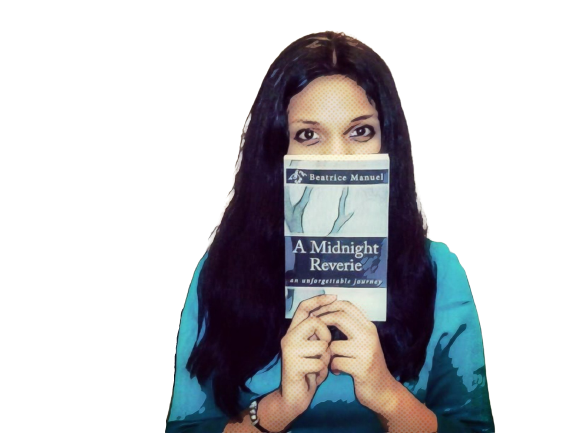When was the last time you read a novel whose characters lingered with you far beyond the reaches of the pages they live on? Don’t you love the satisfaction of finishing a book yet still continuing to be emotionally invested and impacted by the stories it had to share?
 Maybe not as ‘enthusiastic’ as Pat here but you get the picture.
Maybe not as ‘enthusiastic’ as Pat here but you get the picture.Compelling characters are the backbone of a good novel. They make or break the plot.
Without characters with strong arcs and development, the story loses its ‘oomph’ factor and becomes like any other mediocre read you have stowed away at the back of your bookshelf.
Now, I certainly wouldn’t wish that upon my stories and I’m guessing, neither would you! So here are some tips on how to create characters with class.

• Make Them Real •
You would think that we dive into literature and fiction to get away from reality and on some level, we all do. But the characters that stay with us are quite often the ones we relate to the most, the ones that are fundamentally flawed and in being so, are human.
Whether you’re writing out a character who’s a wizard, alien or some sort of otherworldly creature, think about what you want that character to deliver to your readers. Make sure to incorporate certain human nuances to them which, trust me, will only make them stronger.
After all, you don’t want to alienate your readers into feeling this way.

• Archetypes ≠ Stereotypes •
Character archetypes are figures that resemble a familiar or recognizable set of traits attributable to one person. You might have heard of Jung’s archetypes which come up as a common reference among writers outlining their characters (and is also a credibly psychological analysis of universal personality patterns).

Archetypes are a good way to classify your character and also better understand their incentives, fears and how they are perceived by the world. It forms the base to creating your character but the layers you add afterword are what sets your character archetype apart from turning into a stereotype.
You want to make sure you avoid what’s already been done for that particular character type. It’s alright to be inspired by popular portrayals in modern literature and cinema, as long as you add your own twist to the character that makes them stand out in their own way.

Unique (and successful) examples of this trope would be Frodo from The Lord of the Rings, Neo from The Matrix and Katniss from The Hunger Games.
• Know Your Creation •
No one on this planet is more answerable for your characters than you are. You are their God and you should know them to their bones.
All the tiny details build essence and make them more real. Right down to the nitty-gritties such as whether they’re a shoe-shoe-sock-sock person or if they like rap music or their biggest pet peeves.
Every. Little. Detail. Counts.

Yes, even that.
How can you expect your readers to connect to your characters if you don’t first?
A good way to do this is start with character outlines. Here’s a reference for you to check out and get you started!
• Watch ’em Grow •
You do not want your characters to be static throughout the novel with zero development. Even if they’re supporting characters, they can’t just be filler props to add depth to your MCs.
Every character has to have good reason to exist and should develop on some level throughout the novel. This is where the element of character relationships play an integral role.
How your characters interact with each other, play off each other’s strengths and weaknesses and navigate through these dynamics shape their role in the plot and their impact on the reader.

• Set Them Free •
Often times, the plan we have set out for our characters doesn’t pan out exactly as we hoped, derailing to something surprising and perhaps, more wonderful.

The beauty of bringing characters into existence includes giving them the power to choose their own path. So many times, I have been unable to write out a scene I planned for ages ago because my characters simply won’t allow it.
It’s almost as if they know themselves better than their own Creator. They break the fourth wall and refuse to cooperate unless I let them do what they choose to.

• The End
The novel may end but your characters don’t.
There is no end to character development.
They will continue down the path you set them and it’s important to let them experience that and try not to control 100% of their journey.

0 Comments